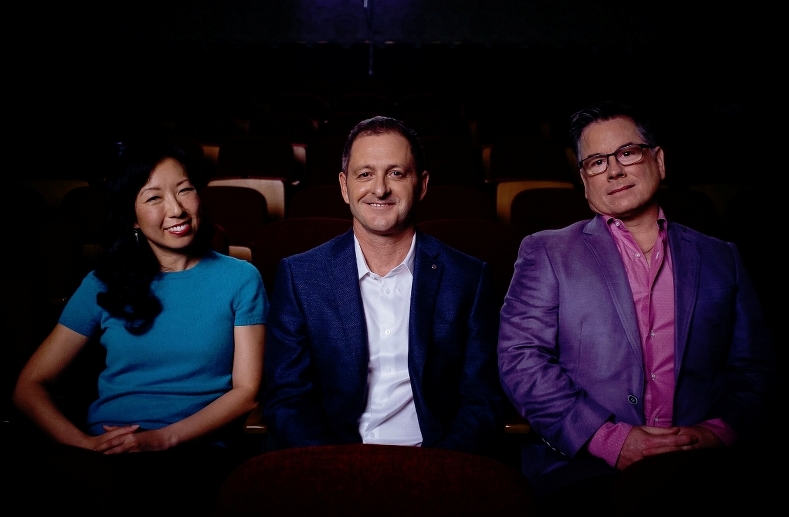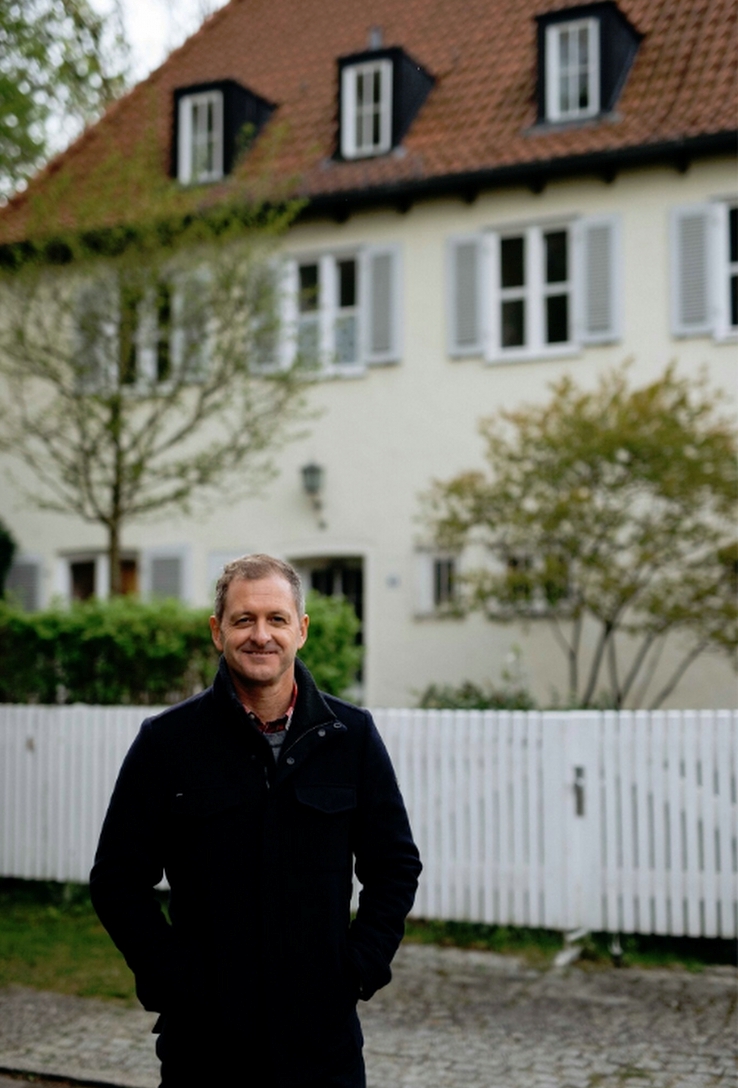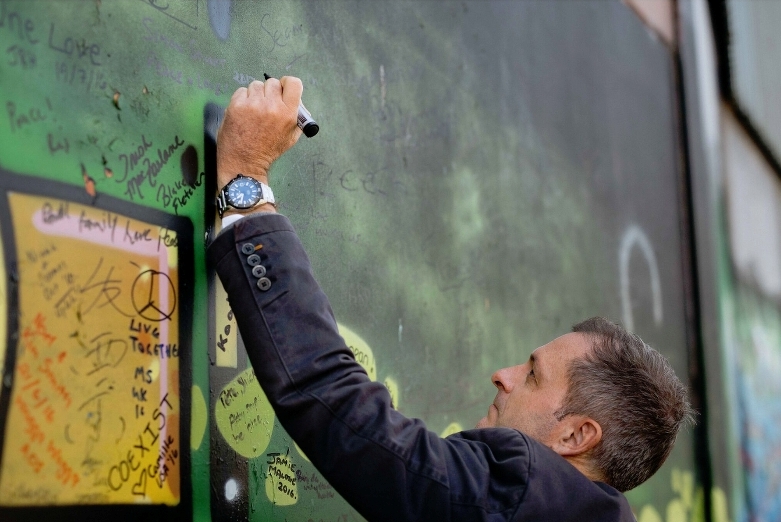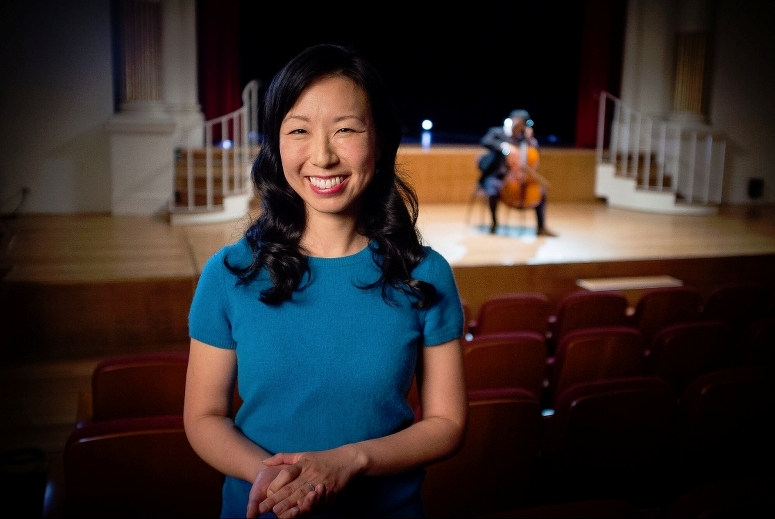I have to confess to being a bit of a history nerd. Having spent several years studying it, accumulated countless books and an insatiable reading habit, I find the past utterly absorbing. It's common to hear politics, ethics, education, nationalism or multiculturalism being described as 'a battleground of ideas', but every historian is equally aware that our view of the past is every bit as contentious. We are all aware of "Black History Month", which has grown steadily in significance, as the once accepted racism which erased Black people from our historical consciousness has been increasingly rejected. Historians once looked for great themes and great men (yes, it was usually just men!); many these days look for "usable pasts"; which are often little more than selective trawls for evidence with which to weaponise history for contemporary polemics.
Religious history, has of course been subject to both these trends. Biographies of saints and martyrs have been produced to stir the devotions of the faithful; while the memory of atrocities committed in the name of "belief a", are kept alive by the adherents of "belief b".
What we make of the history of the church, is then something of great importance, and not just for history geeks like me. How the history of Christianity is handled is a significant marker in the current battle of ideas. Of course some Christians want to paint a picture of unbridled progress and blessing; while some atheists, such as the late Christopher Hitchens, wish to portray every aspect of the church's record as being fundamentally malign.

Perhaps only the foolish, unwary or brave would step into this vast field of two millenia of contention! Certainly the aim of presenting a fair and balanced picture of the church's moral and ethical record, which is neither a Hitchensesque hatchet-job or a series of 'lives of the saints' hagiographies is a bold one. However, this is exactly what CPX (The Centre for Public Christianity in Australia) have done in a 90 minute film entitled "For The Love of God: How The Church is Both Better And Worse Than You Ever Imagined". Fearing the worst, I watched this film with some trepidation, but they have really pulled it off, it is a great piece of work.

Filmed with high quality production values, CPX presenters John Dickson, Justine Toh and Simon Smart, are filmed in locations around the world, where Christians have made an impact for good or ill; and assessed the history. They tell stories such as massacres in the Crusades perpetrated on innocent Muslims in the name of Christianity, to Martin Luther King Jr's noble quest for Civil Rights; from Christian failures to oppose Nazism, to roots of Western charity and philanthropy in the early church as it was persecuted by Roman Emperors. The story telling is enhanced by dramatic readings of historical texts, and segments of academics discussing and assessing the meaning of the stories.
Wonderfully put together, well-researched, and presented in a lively style, the film itself is compelling viewing. The analysis is fascinating too; as they seek to assess where the church has gone wrong and where it has made a contribution. John Lennox, the noted Christian professor of Mathematics at Oxford describes the 'shame' of some of the things done in Northern Ireland in the name of Christianity. On the other hand Rowan Williams explores the way in which many disputes driven by other factors such as land, power, or resources have gained a religious veneer or justification; but were not inherently caused by clashes of belief.
The treatment of Colonialism is quite remarkable. Coming from Australia the film begins with the damage done to Aboriginal people by the white settlers, who brought everything from land-seizures to new diseases to Australia; sometimes justified in the name of Christianity. Yet, they also show that it was Christians who almost uniquely rejected a racist hierarchy of races, because they couldn't accept social-Darwinism, as their faith told them that all people were made in the image of God. Likewise the role of William Carey in India is examined, and not just in term of his exemplary work in education, and development. His long campaign against 'Sati' (widow-burning) can be seen as either imposing western values on India; or as a bold step towards the equality of the sexes, and thoroughly in line with the idea that basic human rights are universal, not allocated by the powerful; or awarded in response to capacity or contribution. This, likewise is an idea which only became embedded in western culture when Christian ethics replaced Greco-Roman morality in which things such an infanticide were almost de rigueur.
Robert Woodberry's thesis that Protestant missionaries have left a massively positive contribution towards social and economic flourishing in virtually every context in which they operated, is also given a well-deserved hearing.
Equally fascinating was the (perhaps not immediately obvious) subject of character. The weight of evidence that the ancients, despite all their philosophical sophistication, saw humility as despicable; was very well explained. The Christian view of the cross of Christ. the humiliated God, was radically counter cultural; and leads directly to so many of the values which we in the west assume are universal, but actually are rooted in Christianity.

Finally the filmakers ask us to examine the record of the church, as it stands up against the teachings of Jesus Christ himself. The obvious point that Jesus' ethical teaching commands great respect isn't laboured, but rather what is observed is that where the church has stuck to his words and example, it has been beautiful; but where it has veered off into contemporary cultures, it has looked ugly. Central to this discussion is Jesus' charge to his people to "love their enemies". This main thesis is explored through a charming musical metaphor, which I won't explain, but will leave you to enjoy on the film.
The film can be viewed as a single 90 minute "Cinema Cut" or in several shorter episodes; 1) War and Peace, 2) Rights and Wrongs, 3) Rich and Poor, 4) Power and Humility. It can be rented or purchased online, for streaming or by buying the DVD from https://www.publicchristianity.org/fortheloveofgod/ from where free clips, and study guides for groups or schools can also be downloaded.

This honest film leaves little room either for Christian triumphalism on one hand, or mud-slinging anti-Christian polemics on the other. In that sense, CPX have done a remarkable job in opening up a sensible discussion in which the very real contributions of Christian ethics, and Jesus' teaching can be seen alongside many of the sins of the church. As such the film will perhaps contain surprises for people on both sides of that debate. There is some uneasy viewing for Christians, especially on the Crusades and the Nazis; while some secularists will be alarmed at the extent to which so many of the values we celebrate in the western liberal tradition have distinctly Christian roots, and were pioneered in history by Christians. Furthermore, many of them are grounded in Christian beliefs, and sustained by them, and indeed inseparable from them.

CPX are to be congratulated on the way in which they have stepped so nimbly across this historical minefield, and produced such a stimulating, thought-provoking film, which is both visually stunning and academically rigorous.















































